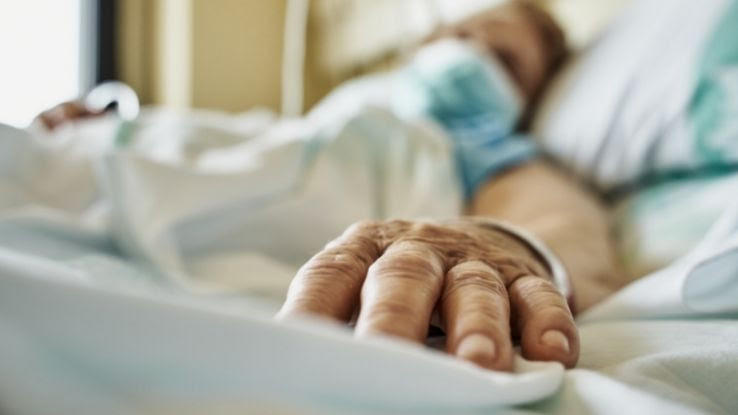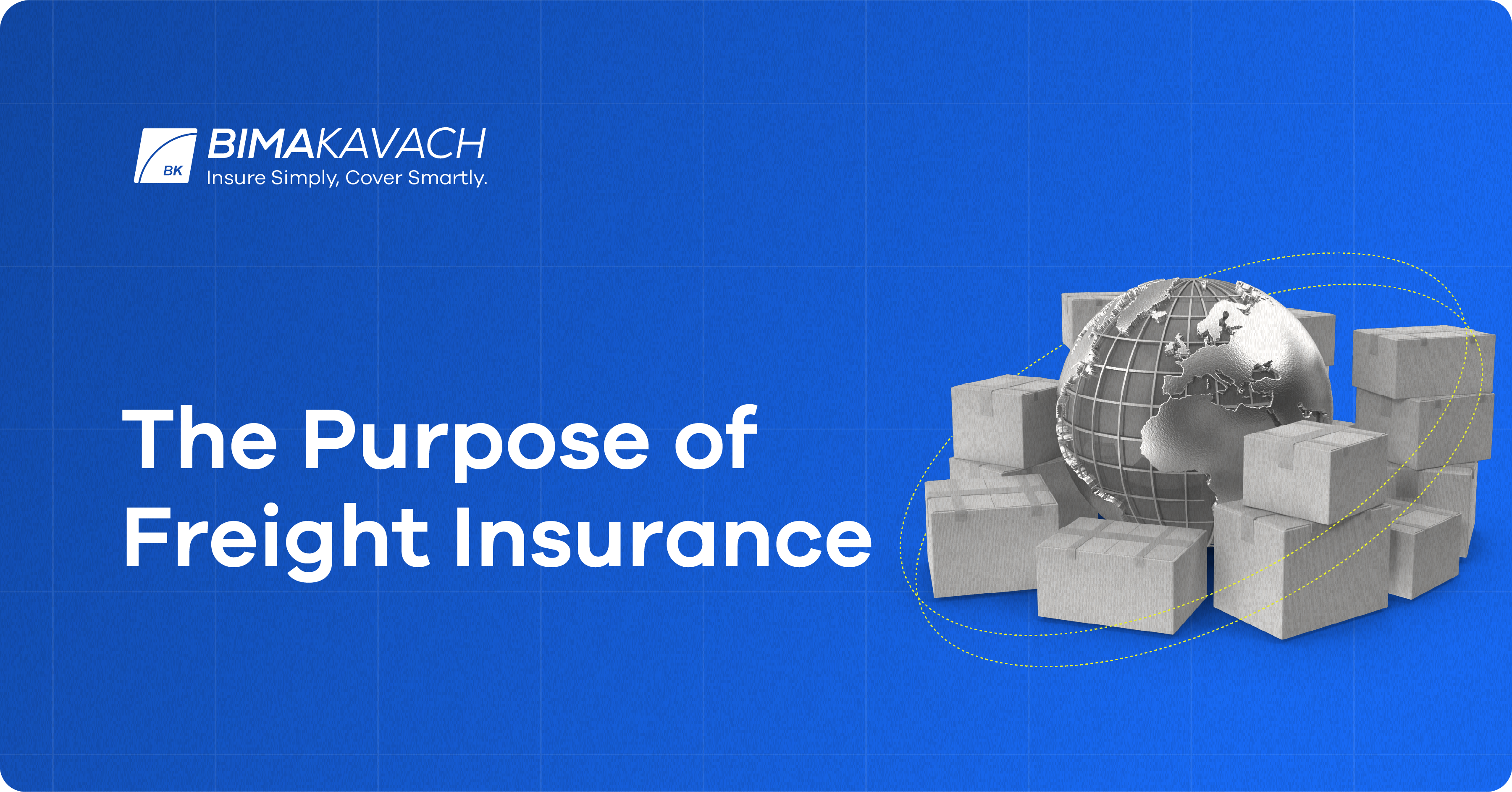7 Easy Facts About Pacific Prime Described
Everything about Pacific Prime
Table of ContentsAbout Pacific PrimeGetting My Pacific Prime To Work3 Easy Facts About Pacific Prime Explained7 Easy Facts About Pacific Prime DescribedGetting The Pacific Prime To Work

This is due to the fact that the data were gathered for a period of strong financial performance. Of the estimated 42 million people that were without insurance, all however concerning 420,000 (regarding 1 percent) were under 65 years old, the age at which most Americans end up being eligible for Medicare; 32 million were adults in between ages 18 and 65, around 19 percent of all adults in this age team; and 10 million were kids under 18 years old, regarding 13.9 percent of all children (Mills, 2000).
These estimates of the variety of persons uninsured are generated from the annual March Supplement to the Existing Populace Survey (CPS), performed by the Census Bureau. Unless or else kept in mind, national price quotes of individuals without health insurance coverage and proportions of the population with various sort of insurance coverage are based on the CPS, one of the most widely made use of resource of price quotes of insurance policy coverage and uninsurance rates.
10 Easy Facts About Pacific Prime Described

Still, the CPS is especially valuable because it generates yearly estimates reasonably quickly, reporting the previous year's insurance coverage estimates each September, and due to the fact that it is the basis for a regular set of price quotes for greater than two decades, permitting for evaluation of trends in insurance coverage gradually. For these factors, as well as the comprehensive use the CPS in other research studies of insurance policy protection that are offered in this report, we count on CPS price quotes, with limitations noted.

The quote of the variety of uninsured individuals broadens when a population's insurance policy status is tracked for several years. Over a three-year period beginning early in 1993, 72 million people, 29 percent of the united state populace, were without protection for at the very least one month. Within a single year (1994 ), 53 million people experienced a minimum of a month without protection (Bennefield, 1998a)
Six out of every ten uninsured adults are themselves used. Although functioning does enhance the possibility that and one's household participants will have insurance policy, it is not an assurance. Also members of families with two full time breadwinner have almost a one-in-ten chance of being uninsured you could try this out (9.1 percent without insurance price) (Hoffman and Pohl, 2000).
The Pacific Prime Ideas
New immigrants account for a substantial proportion of people without health insurance coverage. One analysis has actually attributed a considerable portion of the recent development in the dimension of the united state without insurance population to immigrants who showed up in the nation in between 1994 and 1998 (Camarota and Edwards, 2000). Current immigrants (those that came to the United States within the past four years) do have a high rate of being without insurance (46 percent), yet they and their youngsters make up simply 6 percent of those without insurance country wide (Holahan et al., 2001).
The connection in between wellness insurance policy and accessibility to care is well developed, as recorded later on in this phase. Although the partnership in between wellness insurance policy and wellness end results is neither straight neither straightforward, a considerable professional and wellness solutions study literary works links health and wellness insurance coverage to improved accessibility to care, far better top quality, and improved individual and population health and wellness condition.
Levels of analysis for examining the impacts of uninsurance. It concentrates specifically on those without any kind of health insurance coverage for any length of time.
Getting My Pacific Prime To Work
The problems dealt with by the underinsured are in some aspects similar to those dealt with by the uninsured, although they are typically less severe. global health insurance. Uninsurance and underinsurance, nonetheless, include distinctly different plan problems, and the methods for resolving them might vary. Throughout this study and the five reports to adhere to, the main emphasis gets on individuals with no health insurance coverage and therefore no support in spending for healthcare beyond what is offered with charity and safety web organizations
Medical insurance is a powerful variable affecting receipt of treatment due to the fact that both clients and doctors react to the out-of-pocket cost of services - https://on.soundcloud.com/Boznd6XKBGjyrspT8. Medical insurance, nevertheless, is neither required neither enough to get to clinical solutions. The independent and straight impact of health and wellness insurance coverage on access to wellness solutions is well developed.
Others will get the health and wellness care they need also without health and wellness insurance, by paying for it expense or seeking it from companies who provide treatment free or at very subsidized prices. For still others, medical insurance alone does not guarantee invoice of care due to the fact that of other nonfinancial obstacles, such as an absence of health and wellness treatment service providers in their area, minimal access to transport, illiteracy, or etymological and cultural differences.
Little Known Questions About Pacific Prime.
Official study concerning without insurance populations in the United States dates to the late 1920s and early 1930s when the Committee on the Expense of Treatment created a collection of records concerning funding medical professional workplace visits and hospitalizations. This problem became significant as the varieties of medically indigent climbed during the Great Depression.